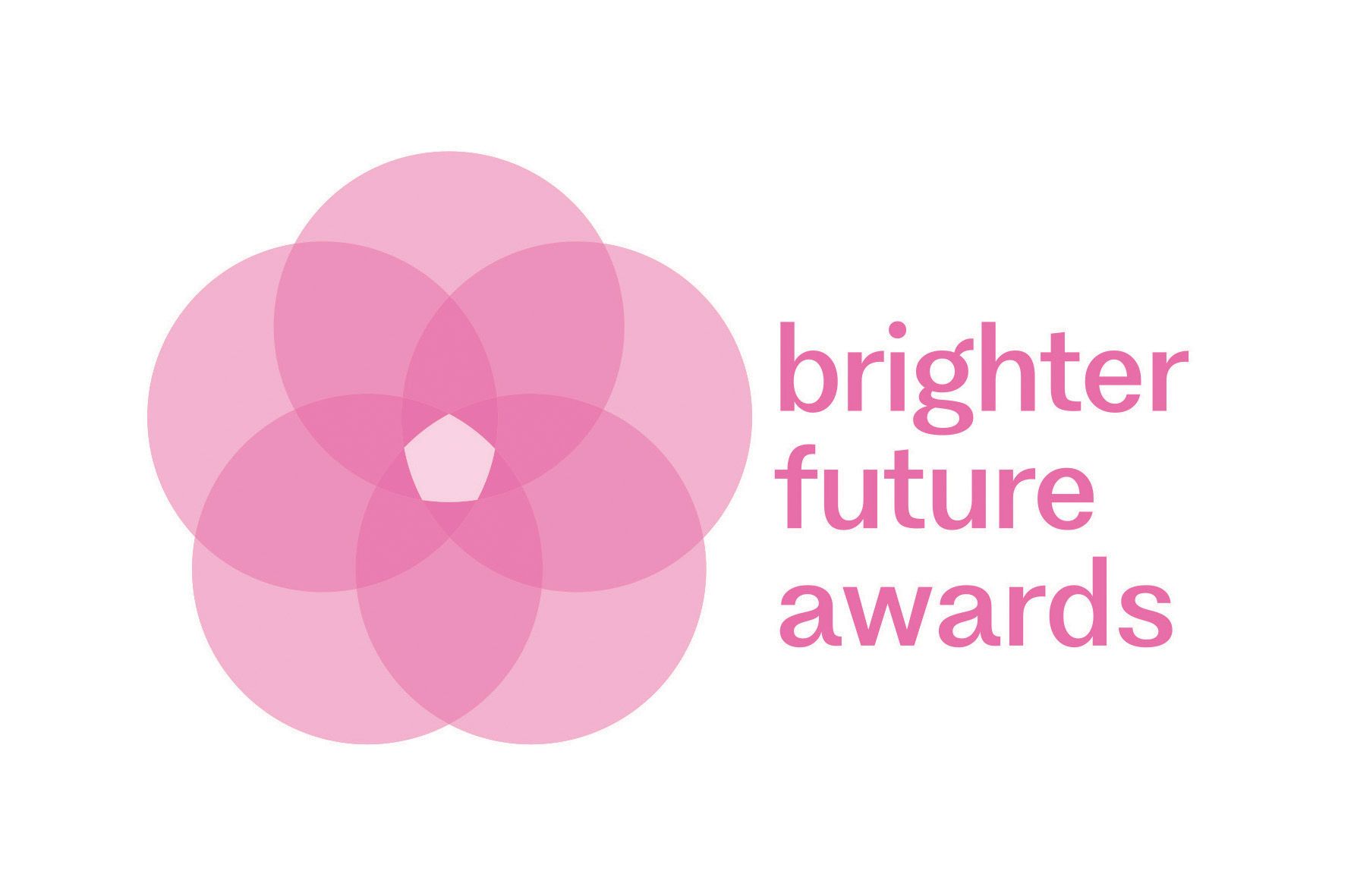Change resistance is a challenge for all organisations, with housing providers being no exception. Disruptive Innovators Network (DIN) in the UK held a webinar on the subject 'How to handle change resistance and get buy in', for which attendees were asked to pose their questions at event sign-in. While answered within a UK context, the presenter responses could still prove very useful for housing professionals here in Australasia.
On leadership buy-in...
Q1. How do you handle situations where resistance to change is coming from senior leadership or key stakeholders?
Digital transformation with leadership buy-in is three and a half times more likely to succeed than without. So how do you handle resistance from senior leaders? I believe in six key things:
One: Understand their reasons for the resistance. Often the presenting concern is underpinned by a fear, a misunderstanding, a perceived loss of control. Understand the source of the resistance and you can work with it. You can only challenge what you understand, not what you assume to be the case.
Two: Speak their language, be empathetic and show you can solve their problem. You may need to play up to egos and show how you can make someone look better or perform better.
Three: Leverage allies and influencers. For example, on social media, Gymshark built a multi-million-pound brand by getting influencers to do its selling. You can do that in organisations; find the people with the social power.
Four: Use evidence-based arguments and numbers to tell the story. Use facts and statistics and not the dream. Talk about incremental improvements, the risks associated with data, customer satisfaction figures.
Five: Quick wins. Yes, you need to prioritise transformation efforts around risk and compliance but it doesn’t hurt to have a visible win up front, especially when it’s visible across the organisation. In Raven we got the CRM and CRM pop-up working well and people saw the difference in call speed, call handling etc. - and that could be seen across the organisation.
Six: Think external assurance; audit can be your friend. Use risk registers and audit actions as a strong driver for the need to change. Execs will have to sit in committees and board meetings, so use that as a lever for supporting business cases.
Q3. Sometimes leaders sound as if they are on board with a change but revert back to how they used to work. What are your tips for preventing this?
Usually this happens because the transformation hasn’t shifted their mindset and they see it as an optional add-on. Be brave and don’t be afraid to call it out. In a highly regulated world where transformation usually happens because there are underlying issues with data and processes that can affect customer outcomes and safety, we all have a duty to call out bad behaviour.
Think about Grenfell and the warning signals. You don’t want that on your conscience because a member of the exec team thinks they know better. If you feel safe to escalate it internally, then do that. If not, then fact check and if you’re certain the effects of their behaviours could be serious, it’s our duty to whistleblow.
Life is short and in ten years’ time, I’m not going to care if I’ve ruffled feathers; it’s more important that I’ve been authentic to my values and been committed to resident safety.
If it’s about just getting people to commit to more optional things, it’s got a lot to do with the CEO holding the execs to account and embedding transformation goals in BAU.
Report RAG ratings honestly and put your savings and benefits realisation into your main budget reporting. You may need to invest in leadership coaching because many may be going through transformation for the first time. Also showcase success; celebrate loudly and celebrate the leaders who’ve embraced the change.
Q4. When organisational structures determine who comes up with ideas, how do you get past ‘that’s very nice, but it’s not your job’?
If you work in a company where people tell you not to have good ideas because it’s not your job, you need to question whether you’re working for the right company at all. Innovation doesn’t happen in a fear culture, it happens when people see something and think about how they can apply it in their own situation. If I stayed in HR and only listened to HR people for solutions, I’d probably never have made any step changes in how I did my job.

On wider buy-in and engagement...
Q1. How do you get buy-in from team members and wider colleagues who are hesitant, especially when it’s for a project or change that can be difficult to sell?
A change I led years ago in a software department had a strong legacy culture and my job was to go in and break and mix the team up and rename it, so the organisation could be more agile. We started with ‘why is this change important and why are we doing it?’ but realised what they cared about was the threat to its legacy. Once we understood that, we knew how to lead it in a different way. Giving them a new identity was the most important thing before taking away the old one.
Do customer discovery and ask questions to understand what they need, without asking what they want. Once we knew identity was so important for them, we built things in to help them move towards a new identity and we co-created it with them. We held a funeral for the old team identity and let them rename the team. That put people in the driving seat of their own change.
Q2. Are there any good keywords or phrases to use?
Use questions to help you learn where other people are coming from, like “I would like to learn about this, tell me more about”, “what do you think about this”, “what’s challenging for you?”
Also set expectations and make it clear what’s up for discussion and what’s already decided. People like that transparency, so don’t pretend, because people feel you’ve wasted their time if it’s a done deal already. Say the goal is set, but how we get there is up to you.
Acknowledge feedback on concerns too. You don’t have to agree but you do have to listen to where people are coming from. Use “I hear you”, “can I check my understanding here”. Use you said, we did and be accountable to the people you’re involving in the change.
Q3. Emails or meetings may not effectively reach or engage all employees, so do you have any advice on communication methods?
Think about three things: the desired impact and what you want to achieve, the message, and the recipient’s preferences. We often deliver the messages in the wrong way at the wrong time and they don’t land well with the people the change is affecting.
Also, one channel isn’t enough. Fix your key messages, be clear and use stories to back them up, using multiple channels. People have different preferences and need to hear things more than once. If you’re sick of saying it, they’re just starting to hear it. The best signal is hearing it coming back to you. Measure and adapt too; don’t just do one thing and assume it works.

On planning for change and how to prioritise and innovate...
Q1. How do you prioritise innovation in terms of other work, funding, project and traditional change?
We’re so busy trying to deliver the basics right that as a sector, we’re not innovating as much, but there’s a need to try to pivot a bit. We need to fix the foundations but equally, we know we’ve got to find efficiencies and drive down costs - and that’s where innovation can add value.
At Riverside we compartmentalise our change initiatives. We have a strategic roadmap for transformation and then smaller continuous improvement initiatives, but we sometimes pull on the same resources.
It’s about ring-fencing some of the resources to work on innovation. Have a clear innovation strategy and have goals aligned to your business strategy, set measurable metrics etc. Have an incubation space where you can test ideas; AI is a great one to pilot in a controlled, safe way.
Set small amounts of your budget aside to explore and embrace failure, because when you fail, you learn.
Crucially, share the outputs from your pilots with people to help them understand there’s a better or quicker way. People respond better when they see results and then you get the right kind of cultural impact.
My key ingredient has been taking people on the journey and feeling part of change; then you drive a much healthier culture of creativity and innovation.
Q2. Rather than tech, what people focused innovations would you highlight to build trust in change, particularly ones that need time and effort rather than money?
Be open and transparent with people and explain why the change is the right thing for the organisation. Involve stakeholders and give updates so people don’t feel change is being done to them.
Seek diverse perspectives and get the naysayers in the room to get their perspectives. Getting the cynics in the room can ensure you consider everybody’s needs.
When you use lean practice and get teams together to look at how they operate and behave, they start to work in a different way and shift their thinking about how to change and not stand still. Invest in that and you will then start to drive a culture of curiosity, so people will lift the lid on their areas and find ways to innovate. Then you should be able to deliver more with less.

Share This Article
Other articles you may like






